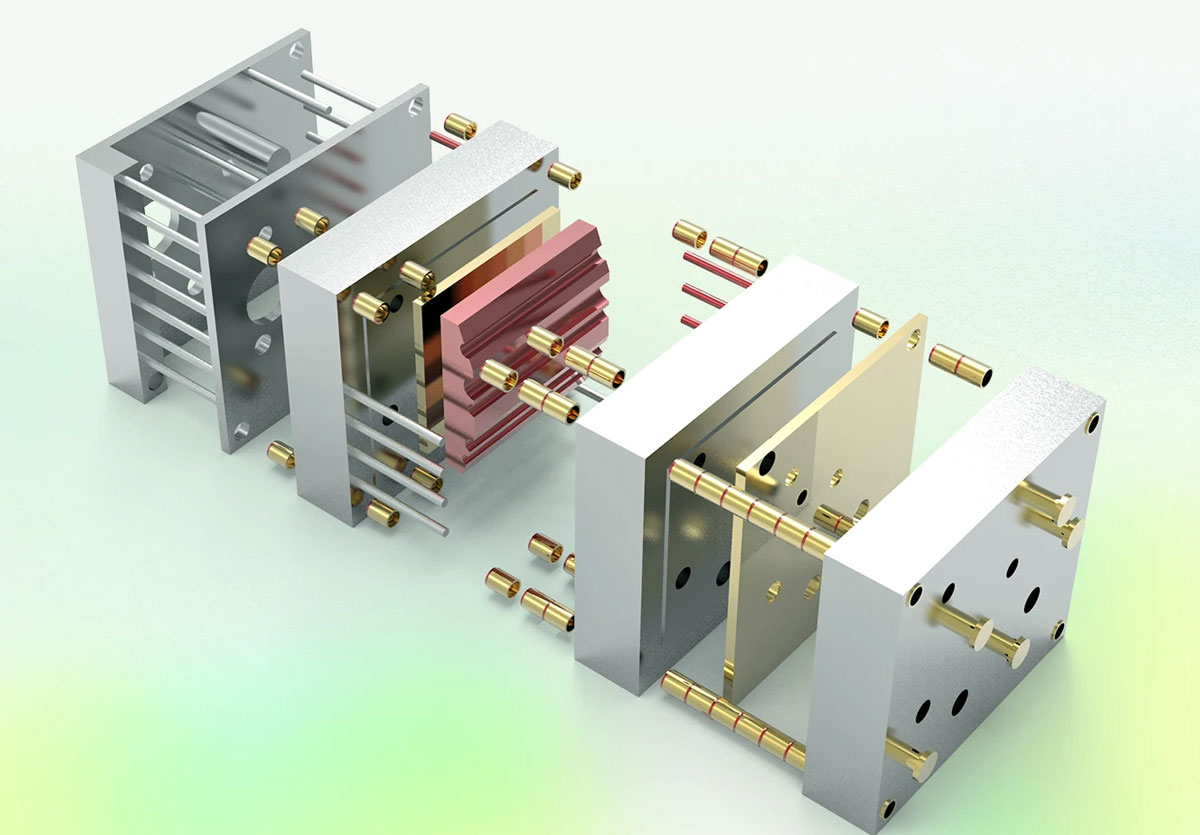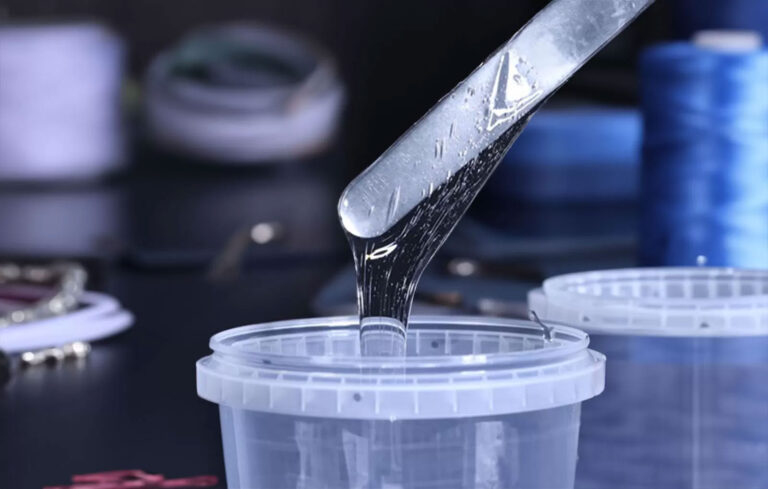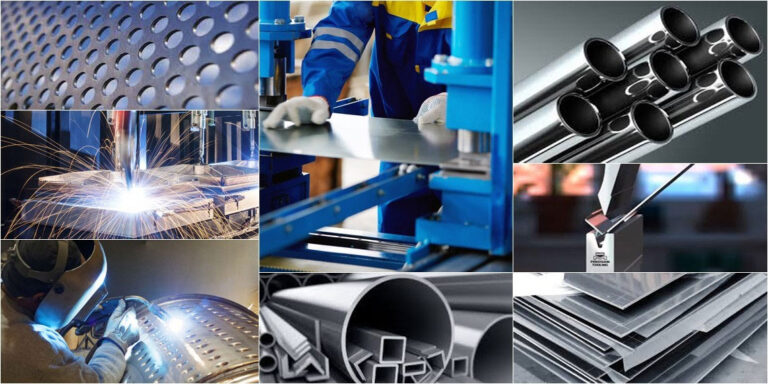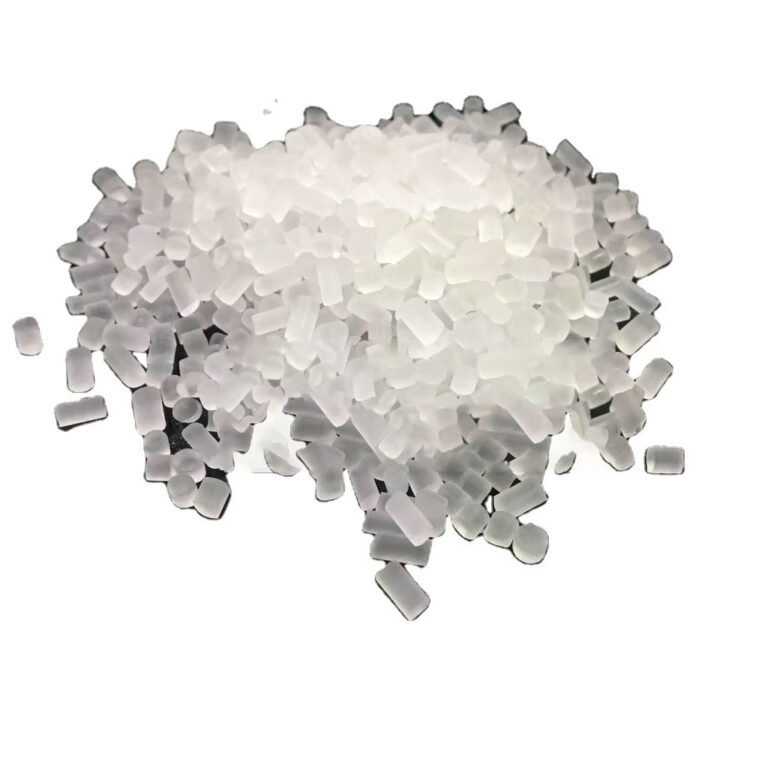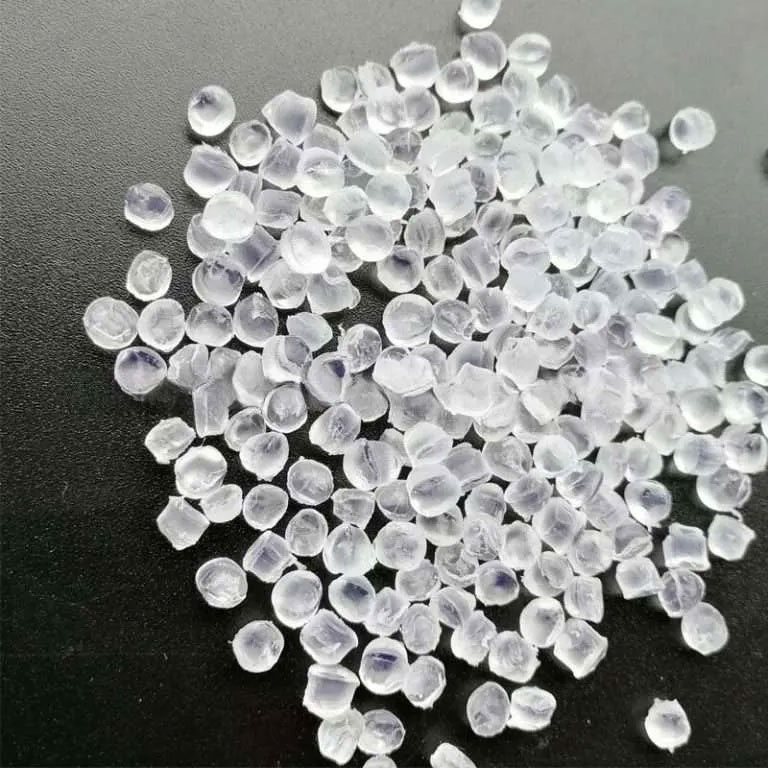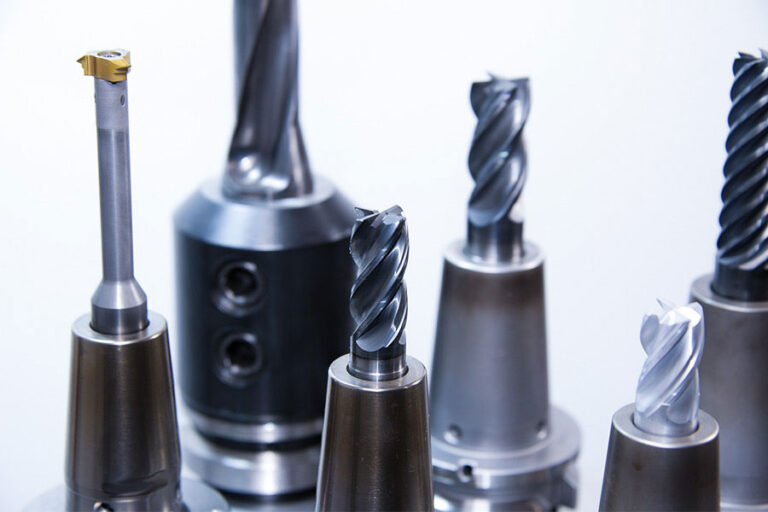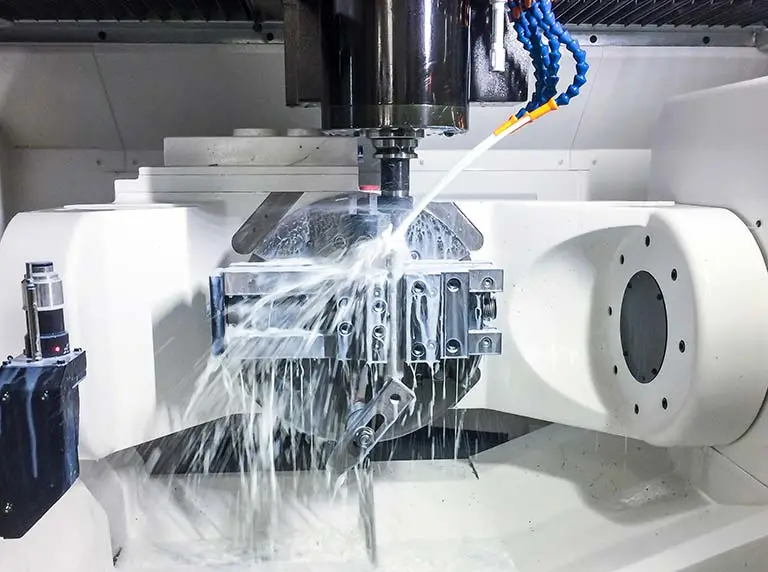Injection mold manufacturing can be roughly divided into the following steps:
Process analysis of plastic products
Before designing the mold, the designer should fully analyze and study whether the plastic product conforms to the injection molding processing principle, and need to carefully negotiate with the product designer to reach a consensus. This includes necessary discussions on the product’s geometric shape, dimensional accuracy and appearance requirements, and try to avoid unnecessary complexity in mold manufacturing.
Mold structure design
A high-quality mold requires not only good processing equipment and skilled mold manufacturing workers, but also good mold design. Especially for complex molds, the quality of mold design accounts for more than 80% of the mold quality. An excellent mold design is: under the premise of meeting customer requirements, the processing cost is low, the processing difficulty is small, and the processing time is short.
To achieve this, we must not only fully understand the customer’s requirements, but also have some understanding of the injection molding machine, mold structure, processing technology and the mold factory’s own processing capabilities. Therefore, to improve the level of mold design, the following points should be achieved:
- Understand every detail in each mold design and the purpose of each part in the mold.
- When designing, refer to previous similar designs, understand the situation during mold processing and product production, and learn from the experience and lessons.
- Learn more about the working process of the injection molding machine to deepen the relationship between the mold and the injection molding machine.
- Go to the factory to understand the processing technology and recognize the characteristics and limitations of each processing.
- Understand the trial results and mold modification of the mold you designed and learn lessons.
- When designing, try to use the mold structure that was previously successful.
- Learn more about the impact of water entering the mold on the product.
- Study some special mold structures and understand the latest mold technology.
Determine the mold material and select standard parts
When selecting mold materials, in addition to considering the accuracy and quality of the product, the actual processing and heat treatment capabilities of the mold factory should also be considered to make the right choice. In addition, in order to shorten the manufacturing cycle, existing standard parts should be used as much as possible.
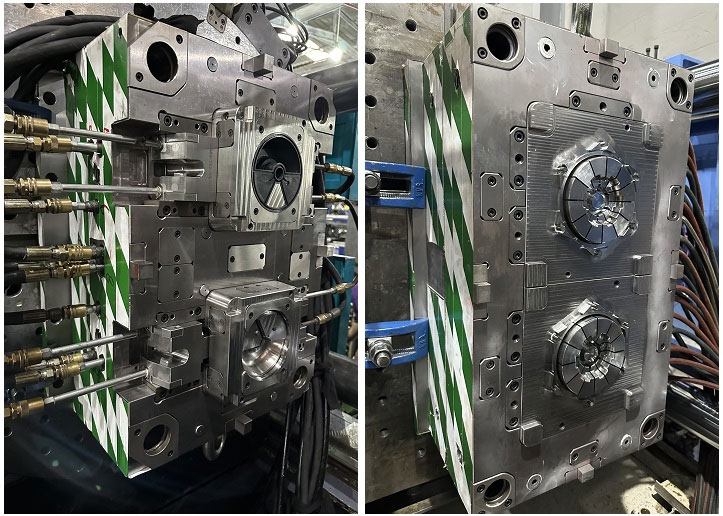
Parts processing and mold assembly
In addition to giving the best structure and reasonable tolerance matching during design, the accuracy of the mold is also crucial to parts processing and mold assembly. Therefore, the selection of processing accuracy and processing methods plays an absolute leading role in mold manufacturing.
The dimensional error of molded products mainly consists of the following parts:
- The manufacturing error of the mold is about 1/3
- The error caused by mold wear is about 1/6
- The error caused by uneven shrinkage of molded parts is about 1/3
- The error caused by the inconsistency between the expected shrinkage and the actual shrinkage is about 1/6
Total error = (1) + (2) + (3) + (4)
Therefore, in order to reduce the error in mold manufacturing, the processing accuracy should be improved first. With the use of CNC machine tools, this problem has been well controlled. In addition, in order to prevent errors caused by mold wear and deformation, key parts such as cavities and cores should be quenched for molds with high processing accuracy requirements and large product output. In medium and large molds, in order to save materials and facilitate processing and heat treatment, the mosaic structure should be used as much as possible during mold design.
In order to solve the errors caused by uneven shrinkage of molded parts and inconsistency between expected shrinkage and actual shrinkage, 1/3 of the product tolerance is generally selected as the manufacturing tolerance of the mold during mold manufacturing. The purpose is to leave a larger adjustment room for the subsequent molding process to solve the errors caused by the molding process.
Trial mold
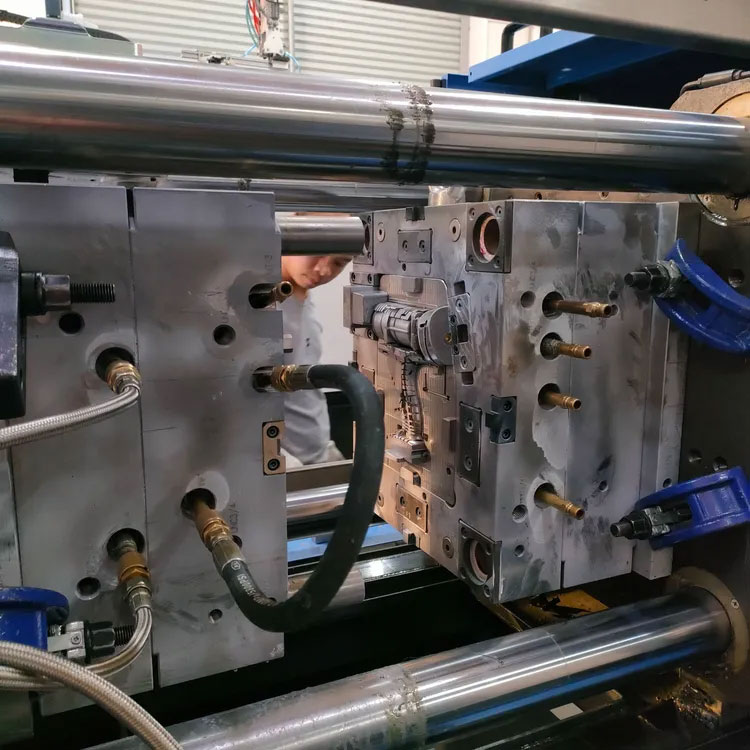
A set of molds, from design to assembly, only completes 70% to 80% of the entire manufacturing process. Errors caused by the inconsistency between the expected shrinkage and the actual shrinkage, whether the demoulding is smooth or not, the cooling effect, and especially the impact of the gate size, position, and shape on the product precision and appearance, must be tested through mold trials. Therefore, mold trials are an indispensable step in testing whether the mold is qualified and selecting the best molding process.
